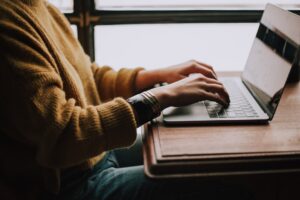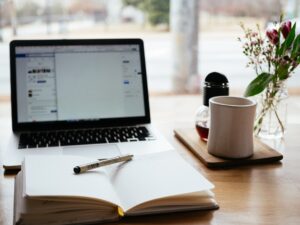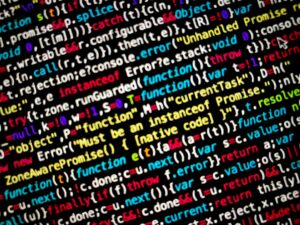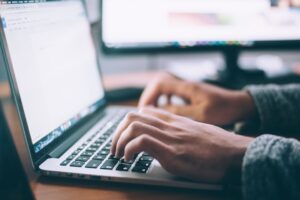In today’s digital age, protecting intellectual property has become more crucial than ever. AI-powered plagiarism checkers offer a robust solution for safeguarding your work. Here are five effective ways to leverage these tools:
1. Scan Your Content Before Publication
Before releasing your work to the world, run it through an AI plagiarism checker like Turnitin or Grammarly. These sophisticated algorithms compare your text against vast databases of published content, academic papers, and web pages. By doing so, you can identify any unintentional similarities and make necessary adjustments, ensuring your work’s originality.
2. Verify Sources and Citations
AI plagiarism checkers don’t just detect word-for-word copying. They can also identify paraphrased content and improper citations. Use tools like Copyscape to verify that your sources are properly attributed and that you haven’t inadvertently reproduced someone else’s ideas without credit. This practice not only protects your reputation but also strengthens the credibility of your work.
3. Maintain a Personal Database
Some advanced AI plagiarism checkers, such as iThenticate, allow you to create a personal database of your previous works. By comparing new content against this database, you can avoid self-plagiarism – a common pitfall for prolific writers and researchers. This feature is particularly useful for academics and professional authors who frequently publish on similar topics.
4. Educate and Train
If you’re an educator or team leader, use AI plagiarism checkers as teaching tools. Platforms like Unicheck offer detailed reports that highlight problematic areas in a text. Use these insights to educate students or team members about proper citation techniques, paraphrasing, and the importance of original thought. This proactive approach can prevent future issues and foster a culture of academic integrity.
5. Monitor Online Content
AI plagiarism checkers aren’t just for checking your own work. Tools like Copyscape offer continuous monitoring services that scan the web for copies of your content. By setting up alerts, you can quickly identify instances where your work has been reproduced without permission. This allows you to take swift action to protect your intellectual property, whether through takedown notices or legal measures.
As a random fact, did you know that the first computerized plagiarism detection system, developed in 1980, was created by Stanford University researchers to catch students sharing programming code?
In conclusion, AI plagiarism checkers are powerful allies in the fight against intellectual theft. By incorporating these tools into your workflow, you can ensure the originality of your work, protect your reputation, and contribute to a culture of academic honesty and creative integrity. Remember, in the words of Isaac Newton, “If I have seen further, it is by standing on the shoulders of giants.” Let’s make sure we give credit where it’s due while pushing the boundaries of knowledge and creativity.











